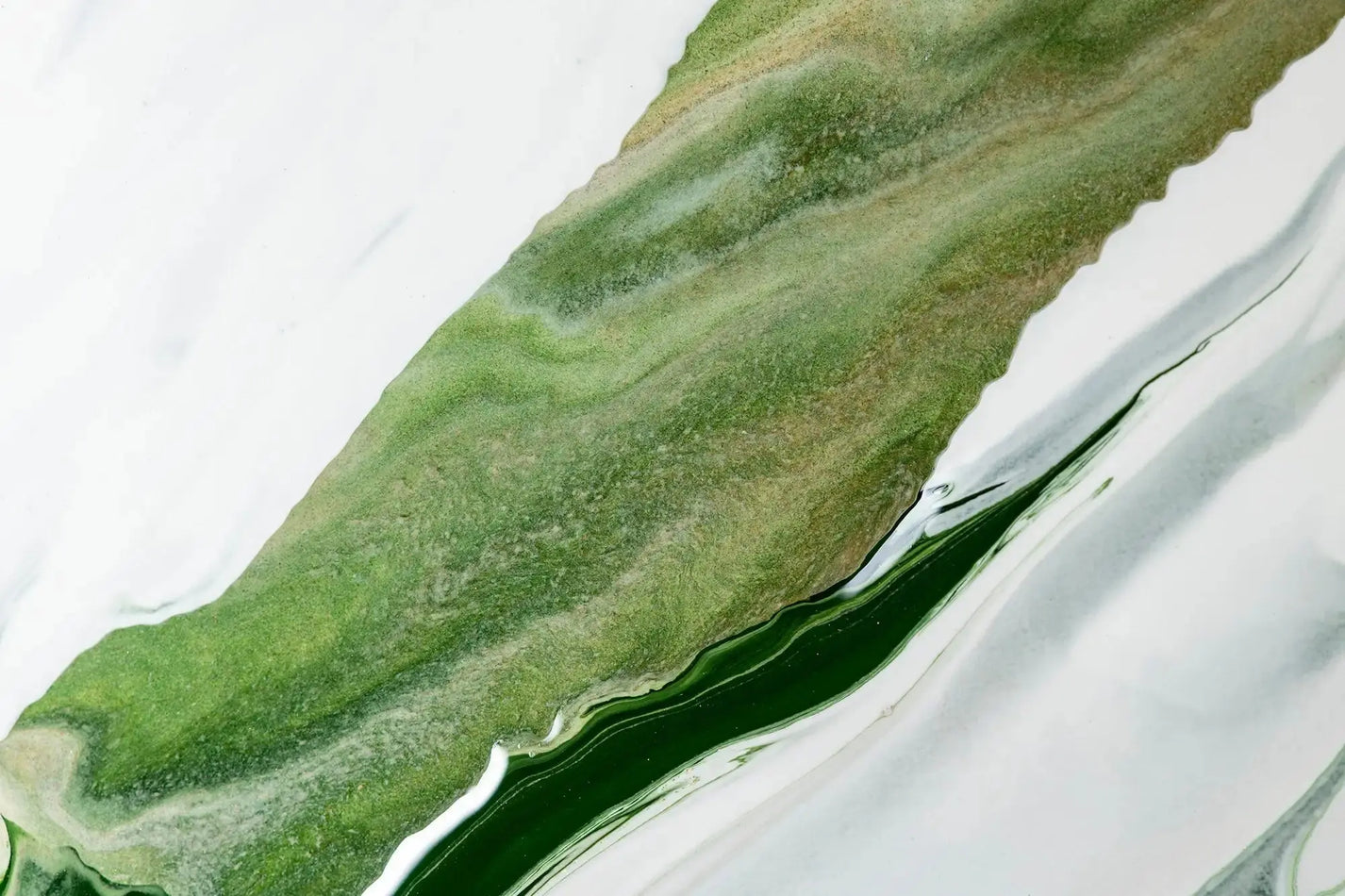
The Rise of Eco-Conscious Luxury
Luxury fashion has long been associated with exclusivity, craftsmanship, and quality. But in today’s world, high-end brands are facing a new challenge—sustainability. As environmental concerns grow, consumers are demanding ethical production, eco-friendly materials, and transparent supply chains. In response, luxury houses are redefining opulence with a commitment to sustainability.
But how are top designers going green without compromising on quality and prestige? Let’s explore the innovative ways luxury brands are embracing sustainability.
1. Ethical Sourcing & Responsible Materials
High-end brands are shifting towards sustainable materials to reduce environmental impact. This includes organic fabrics, plant-based leather, and responsibly sourced wool and cashmere.
Stella McCartney leads the way with vegan leather and bioengineered materials.
Gucci introduced ‘Gucci Off The Grid,’ a collection using recycled and organic fabrics.
Loro Piana prioritizes traceable and ethically sourced cashmere to maintain luxury and sustainability.
Why It Matters: Traditional luxury materials like leather and fur contribute to deforestation and animal cruelty. Ethical alternatives offer a guilt-free way to enjoy high fashion.
2. Circular Fashion: Luxury Resale & Upcycling
The luxury resale market is booming as consumers embrace circular fashion, extending the life of designer pieces. Brands are encouraging buy-back programs, repairs, and upcycling initiatives.
Hermès and Chanel pieces hold their value, making them investment-worthy and sustainable.
Balenciaga launched its Re-Sell Program, encouraging customers to resell their pre-loved items.
Burberry partnered with The RealReal, a luxury resale platform, promoting second-hand fashion.
Why It Matters: The resale market reduces waste, discourages fast fashion consumption, and makes luxury more accessible and sustainable.
3. Carbon Neutral Commitments & Green Manufacturing
Luxury brands are taking bold steps to reduce carbon footprints by investing in renewable energy and sustainable production.
Cartier and Van Cleef & Arpels joined the Watch & Jewelry Initiative 2030 to reduce emissions.
Louis Vuitton committed to 100% renewable energy in all workshops and offices.
Kering Group (Gucci, Bottega Veneta, Balenciaga) pledged to become carbon neutral across all operations.
Why It Matters: Traditional fashion manufacturing is one of the biggest carbon emitters. Luxury brands going carbon-neutral set new industry standards.
4. Slow Fashion: Timeless Luxury Over Fast Trends
Unlike fast fashion, true luxury is designed to last for generations. Brands are embracing slow fashion by creating timeless, durable pieces instead of short-lived trends.
Hermès’ Birkin and Kelly bags are handcrafted with durability in mind, reducing waste.
Rolex watches are built to last a lifetime, making them a sustainable investment.
Bottega Veneta’s Intrecciato leather bags focus on craftsmanship over seasonal hype.
Why It Matters: The more timeless a product is, the less likely it is to end up in landfills. Sustainability in luxury is about longevity over mass production.
5. Transparency & Ethical Supply Chains
Consumers want to know where their products come from. Luxury brands are increasing transparency by disclosing sourcing, production, and labor practices.
Chanel launched a dedicated sustainability website, outlining its commitments.
Prada released the Re-Nylon collection, replacing traditional nylon with a recycled alternative.
Tiffany & Co. now provides full traceability of its diamonds, ensuring ethical sourcing.
Why It Matters: Ethical production ensures fair wages, safe working conditions, and responsible sourcing, making luxury more meaningful.
The Future of Sustainable Luxury
Luxury and sustainability are no longer opposites—they go hand in hand. As high-end brands innovate with eco-friendly materials, ethical sourcing, and responsible practices, they set the gold standard for the fashion industry.
For consumers, investing in sustainable luxury means owning timeless, well-crafted pieces that don’t come at the cost of the planet.
So, next time you purchase a designer piece, ask yourself: Is this luxury with a conscience?










